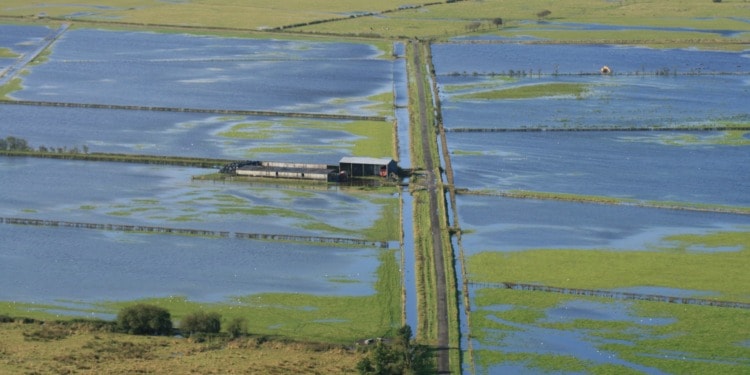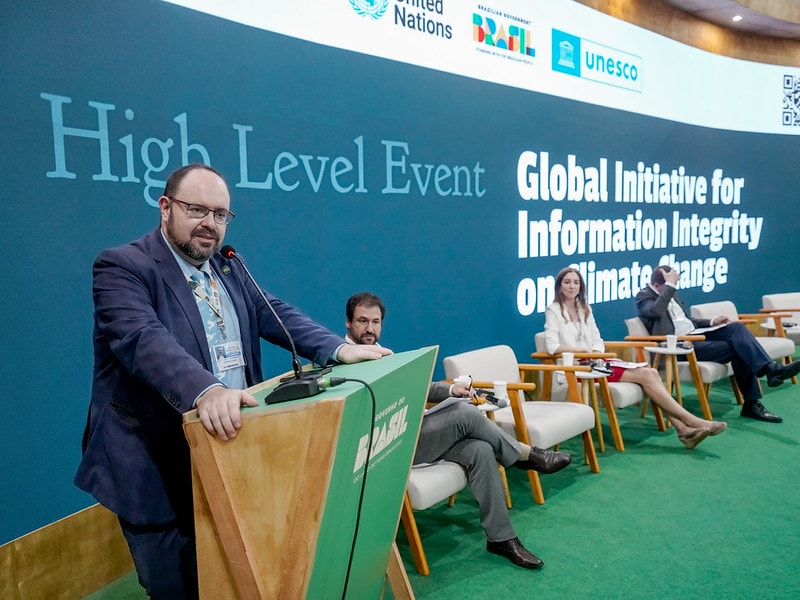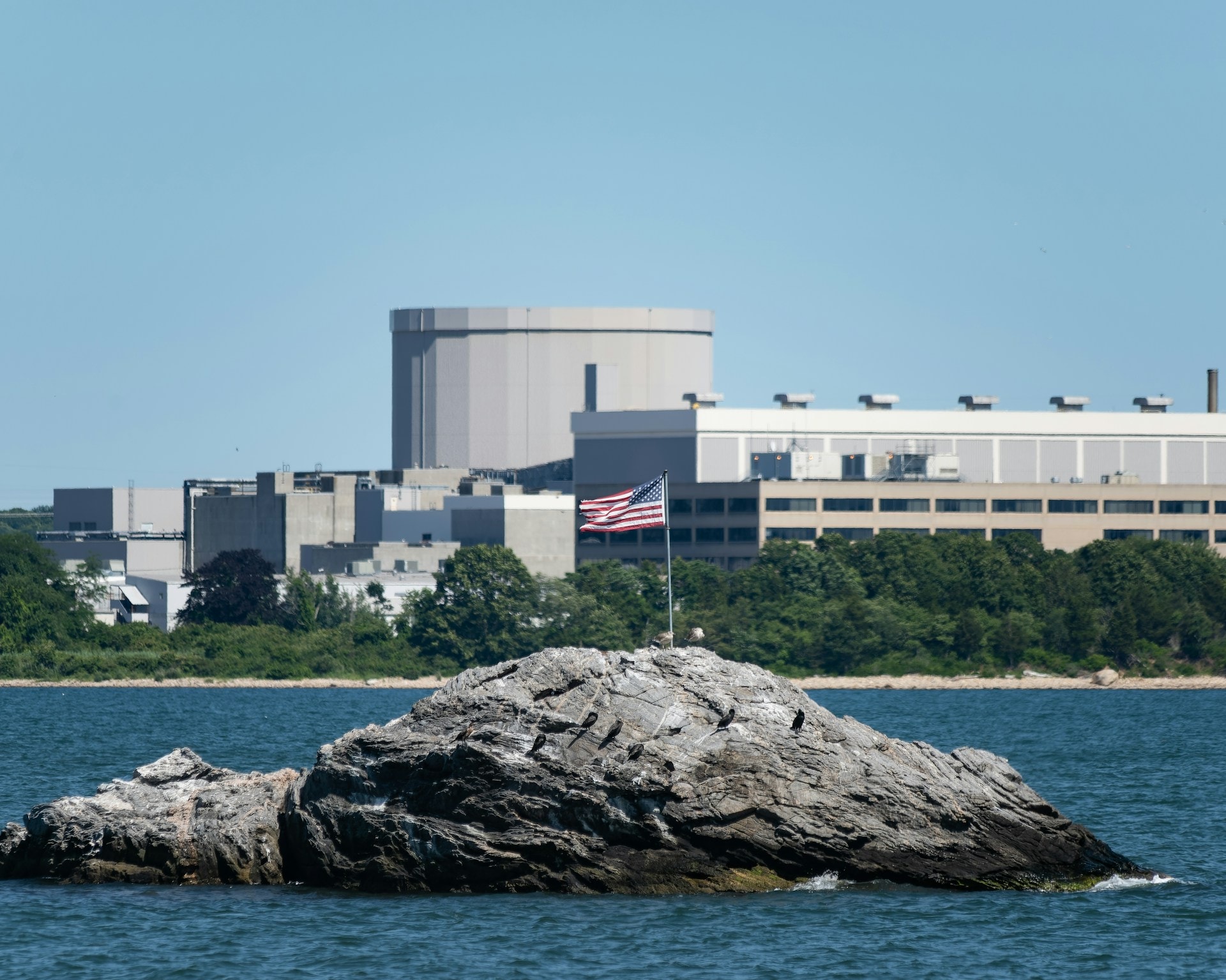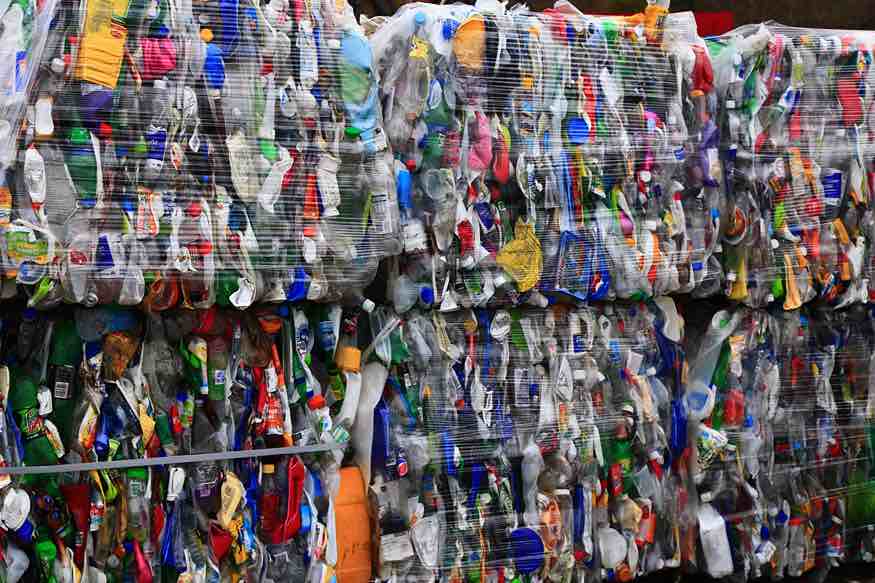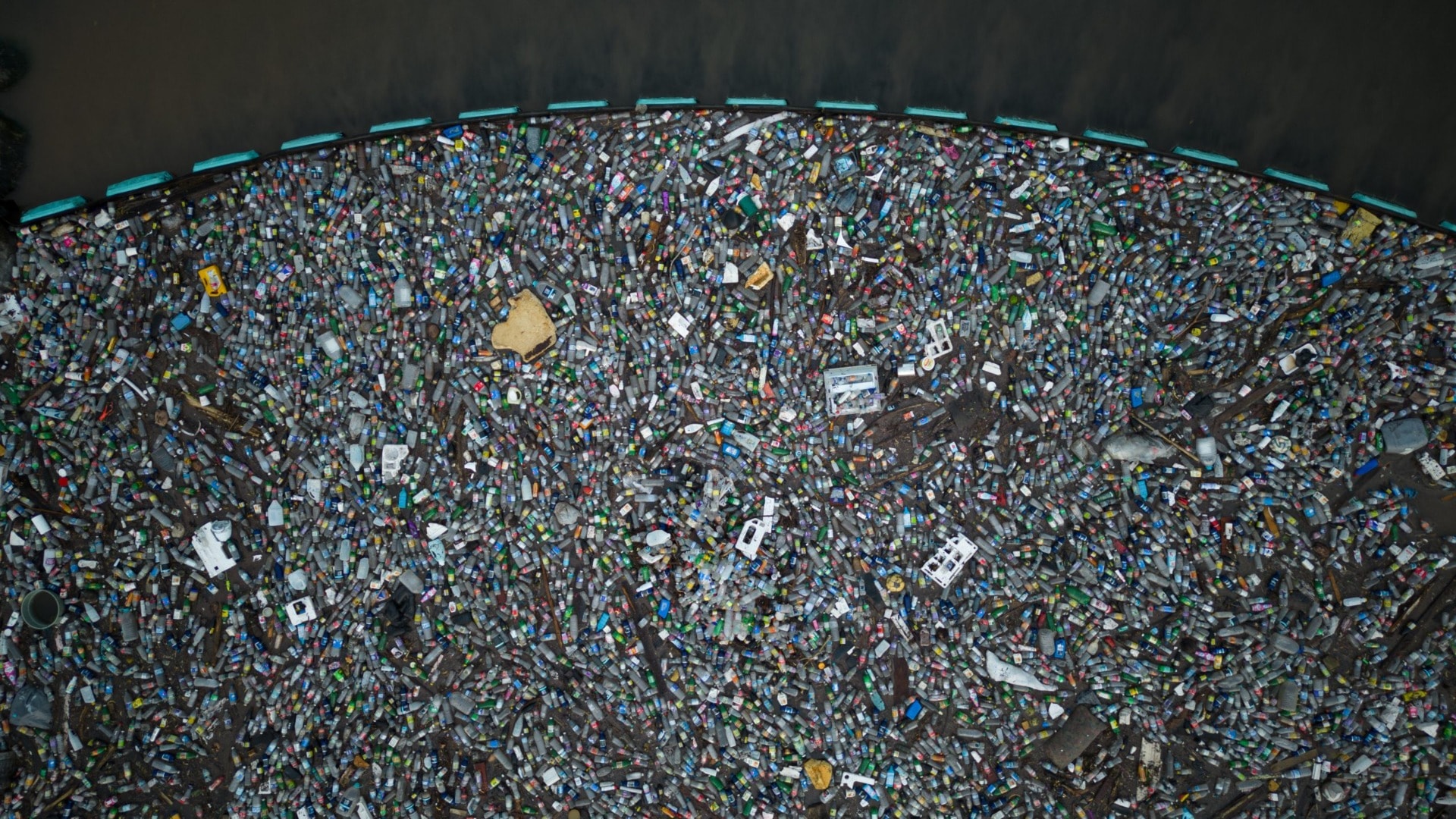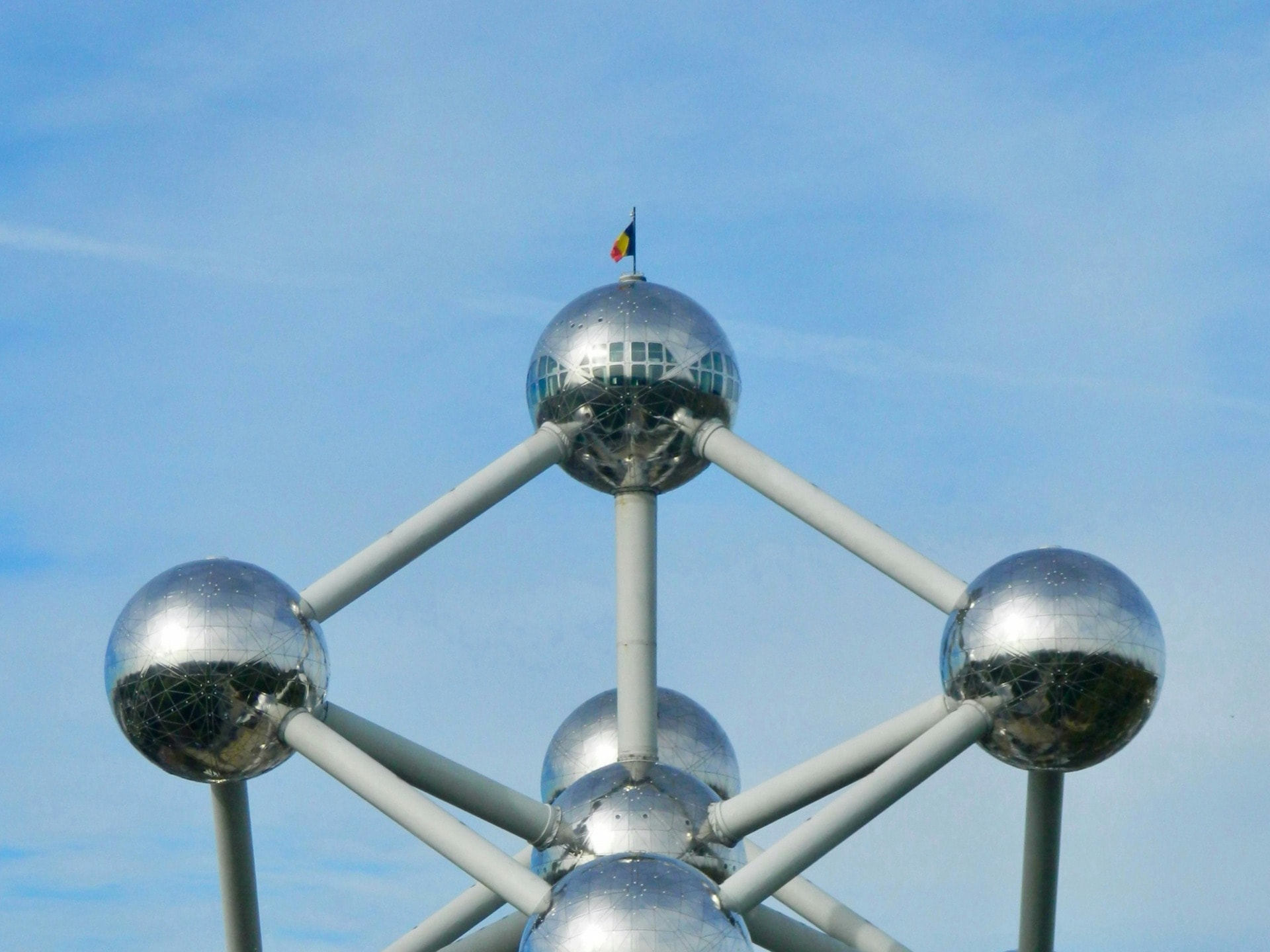On Tuesday, the UN’s World Meteorological Organization released its first-ever State of Global Water Resources report, detailing the impact climate change has had on the world’s water supply.
According to the report, all regions across the globe have experienced depleting or excessive amounts of water, with some areas in particular identified as hotspots.
“The impacts of climate change are often felt through water – more intense and frequent droughts, more extreme flooding, more erratic seasonal rainfall and accelerated melting of glaciers – with cascading effects on economies, ecosystems and all aspects of our daily lives,” said WMO Secretary-General Prof. Petteri Taalas. “And yet, there is insufficient understanding of changes in the distribution, quantity, and quality of freshwater resources.”
Billions face water insecurity — and it is expected to increase
Already, 3.6 billion people deal with inadequate water access at least one month out of the year and it is expected to increase to 5 billion by 2050 the report notes.
According to the report, between the years 2001-2018, 74% of all-natural disasters were water-related. In correlation to the startling information, the most recent UN COP27 climate conference for the first time ever recognized water’s critical importance when addressing climate change in the COP outcome.
If #mitigation is all about #carbon, #climateadaptation is all about #water 💧
The @waterclimatehub is glad to see water as a recognized topic under the final decisions of the #COP27! https://t.co/qjnVgr9Wun— VITO WaterClimateHub (@waterclimatehub) November 29, 2022
Using modeled data and remotely sensed information from NASA’s GRACE (Gravity Recovery and Climate Experiment), the report identifies what water resources are being affected and why.
Streams drying up, drought as a result
Large areas of the globe experienced record drought conditions in 2021, compared to 30 years prior.
Some of these depleted stream levels include South America’s Rio de la Plata area, where drought has affected the area since 2019, the South and South-east Amazon and the areas in the west coast of North America like Colorado, California, Mississippi and Missouri.

In fact, water resources are diminishing so fast in the western United States, the drying up of the Colorado River Basin, the source of drinking water for four states, has caused massive water cuts and some cities in California are expected to run out of water by the end of the year.
Numerous areas in Africa also face depleting water resources, rivers such as Niger, Volta, Nile and Congo facing less than normal discharge in 2021. Likewise, rivers in Russia in parts of West Siberia and Central Asia had lower than average discharge in 2021.
Lack of rainfall has caused drought in countries such as Ethiopia, Kenya and Somalia for several years in a row now.
On the flip side, parts of the globe have also faced a significant amount of floods and tropical cyclones/hurricanes with numerous casualties reported. Lately, parts of China (Henan province), northern India, western Europe, the Philippines and Indonesia have faced severe flooding caused by either heavy rainfall or tropical storms.
Just a month ago, 45 people were killed in the Philippines after a tropical storm led to severe flooding and landslides. According to the Washington Post, tropical cyclones the year before resulted in more than 100 deaths and millions of dollars in damages — scientists expect extreme weather events to worsen as the effects of climate change continue.
Terrestrial water storage affected in some areas
Terrestrial water storage is the water on land that is stored in canopies, snow and ice, lakes and reservoirs, wetlands, soil and groundwater.
In particular, terrestrial water storage in 2021 was classified below normal in places such as the west coast of the United States, central South America and Patagonia, North Africa, Madagascar, Central Asia, the Middle East, Pakistan and North India.
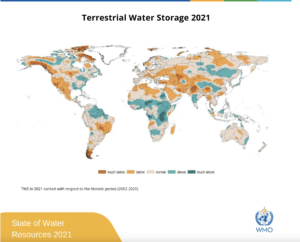
The report pointed out several hotspots which include Brazil’s Rio São Francisco Basin, Patagonia, the Ganges, Indus headwaters and the southwestern United States. The hotspot conditions have been magnified by over-extraction of groundwater for irrigation, notes the report.
Snowmelt has also had a significant impact on regions such as Alaska, Patagonia and the Himalayas.
In the Colorado River Basin, warmer than average temperatures in Spring have led to early snowmelt. Colorado’s snowmelt runoff season is critical to replenish the Colorado River Basin and other rivers and reservoirs in the state. The water in the Colorado River Basin and other reservoirs is used by numerous cities and towns as their main source of drinking water as well as farmers who use it for irrigation and livestock purposes.
Snowmelt is crucial to water supply, and the lack of it is fueling the water crisis in the parts of the western United States.
Changes to cryosphere affect water resources
The cryosphere consists of all the water frozen in glaciers, snow cover, ice caps and permafrost. Like streams and snowmelt, the lack of cryosphere water resources affect food security, human health and ecosystem integrity.
They also increase the likelihood of river flooding and flash floods due to glacier lake outbursts.
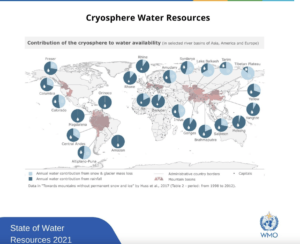
According to a report titled the State of the Cryosphere, released by scientists at the start of the latest UN COP27 conference, the climate crisis has already caused Arctic ice to melt at a record past paced and has contributed to sea level rise.
The report adds even if countries cut their emissions, the world’s glaciers will continue to melt for millions of years to come and could raise sea levels up to three meters.
Sea ice absorbs rather than reflects heat, and will therefore contribute further to global heating and warmer temperatures.
Just in the past year, Greenland saw temperatures 40C (72F) above normal and reported rainfall for the first time ever at Greenland’s enormous ice sheet instead of snow.
“It’s a terminal diagnosis and now we have to live with consequences,” said Robbie Mallett, a sea ice expert at University College London Earth Sciences. “It’s been quite emotional to think of a time by the end of my career when I will see an Arctic free of sea ice. It’s been a shocking few years in Greenland with ice disappearing before our eyes. We are driving a whole environment to extinction.”
The UN recently claimed there is “no credible pathway” for countries to keep temperatures from rising. However, at COP27 countries pledged to keep planetary warming at 1.5 degrees C (2.7 degrees F).
As it is becoming crystal clear that everybody, every nation, every continent is affected by global warming, it is crucial the results of COP27 are implemented as swiftly as possible, despite the results being somewhat lackluster — as many of these negative changes may already be irreversible.
Editor’s Note: The opinions expressed here by the authors are their own, not those of Impakter.com — In the Featured Photo: Flooding in Brigsteer, Cumbria, England on September 26, 2012. Source: S. Rae, Flickr.


